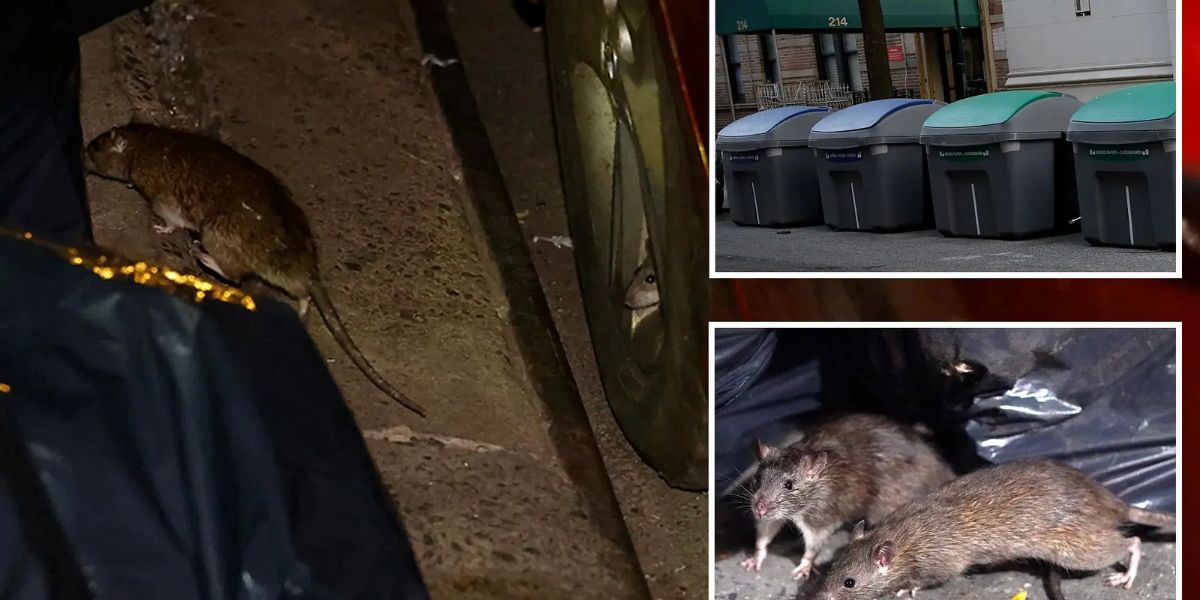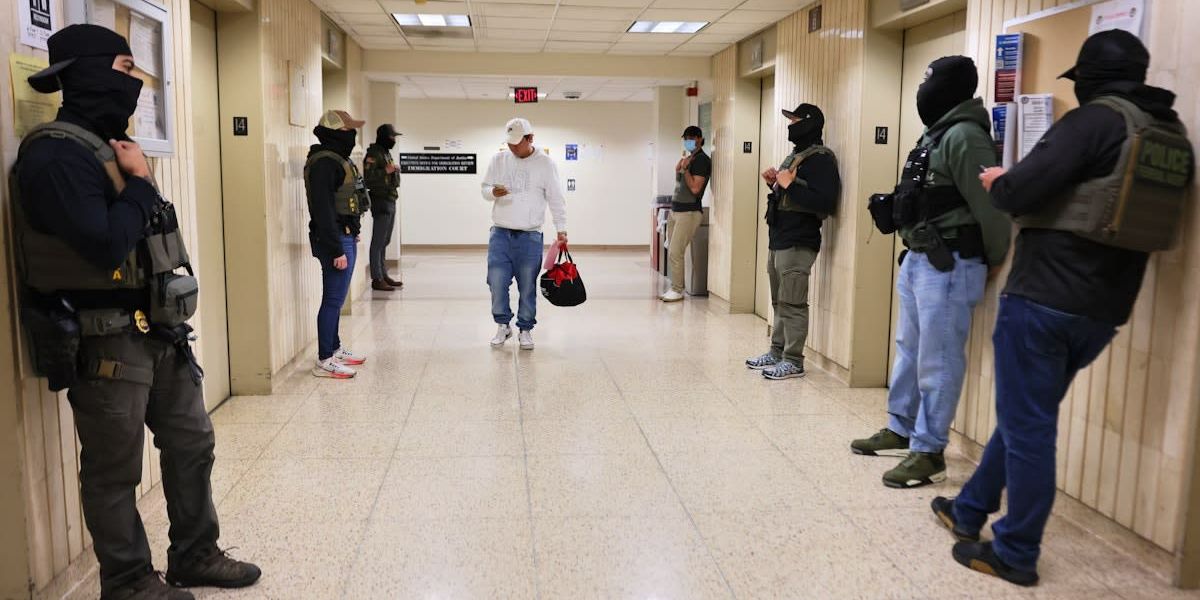Unfortunately, not tonight, honey.
The city has now unleashed the latest front in its campaign against its most despised rodents: infusing rat bait throughout the city with birth control.
The experiment began last week on city property in Harlem and is estimated to cost almost $600,000 per year for the anti-procreation pellets and a crew of five full-time employees, including a city research scientist and pest-control aide, according to City Council records.
The action comes a week after UFO-like “Empire Bins” were installed in the same Manhattan area in an attempt to put a halt to the relentless rodents’ roadside feasts.
“We’re incredibly excited and optimistic about all the containerization work we’re seeing in the city because that’s reducing food competition — and really reducing a rat’s ability to reproduce by cutting off its food source,” city rat czar Kathleen Corradi told The Post in an exclusive interview Monday.
“What the science tells us is removal of a food source, removal of those conditions that allow them to thrive, is how we get to achieve sustained production — and we’re seeing really great results in that regard,” according to her.
The rodent “contraceptive stations” rely on bait developed expressly to attract rats.
The contraceptive pellets reduce egg production in female rats and sperm motility in males.
The endeavor is part of “Flaco’s Law,” which was established by the council after rat poison was connected to the death of Flaco the owl, a beloved escapee at the Central Park Zoo.
The contraceptives are in tamper-resistant containers and provide a very low risk to humans, pets, and “non-target” wildlife, according to a city representative.
The municipal Health Department will undertake monthly inspections to look for signs of rats in the region, according to the ordinance.
Workers will report to the mayor and council when the pilot is completed in 12 months to see whether the strategy was beneficial in reducing rat populations.
Rat sightings reported to 311 have decreased during the previous six months compared to the same period last year, aligning with the city’s new rules for closed-lid trash containers.
However, not all sections of the city have experienced a decline in rat sightings.
According to a Post study of 311 data, rat sightings in the community-board area where the contraception pilot program is located in West Harlem had increased by 7.8% compared to this time last year.
Corradi claims that the city’s efforts are only as effective as property owners’ compliance with garbage containerization and outside dining laws.
“[Human] behavior change is difficult,” she explained.
“We are doing integrated pest management on city-owned properties, but then the 98% remaining of the tax lots that are privately owned properties, that’s up to the property owners to choose what mechanisms they’re doing when it comes to [rat population] control.”
Corradi noted that if one area is successful in combating rodents, she does not expect hungry rats to simply travel to other sections of the city in search of food because rodents are “by nature, hyperlocal.”
“Typically, these animals don’t travel 100 to 300 feet from where they’re living to their food source,” she informed me.




